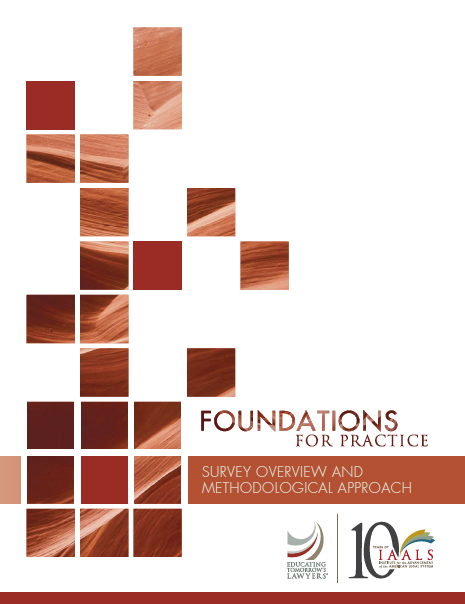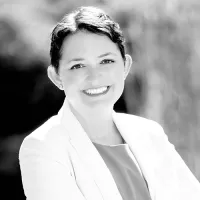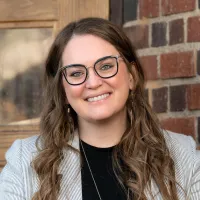Foundations for Practice: Survey Overview and Methodological Approach
This report describes the Foundations for Practice survey and methodology used for the foundations and describes the demographics and practice-specific characteristics of the respondents.
The Foundations for Practice survey was designed to clarify the legal skills, professional competencies, and characteristics that make lawyers successful. More than 24,000 lawyers in all 50 states from a range of backgrounds and practice settings answered.
The stated goal of the survey was to ascertain the legal skills, professional competencies, and characteristics—collectively referred to as foundations—that practicing attorneys identified as needed for entry-level lawyers to launch successful careers in the legal profession. While other researchers have conducted studies in a similar spirit, the Foundations for Practice survey is currently the most comprehensive effort undertaken, with respect to both its exhaustive content and its national scope.


